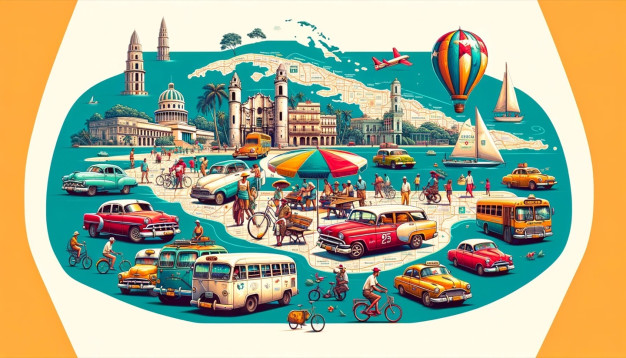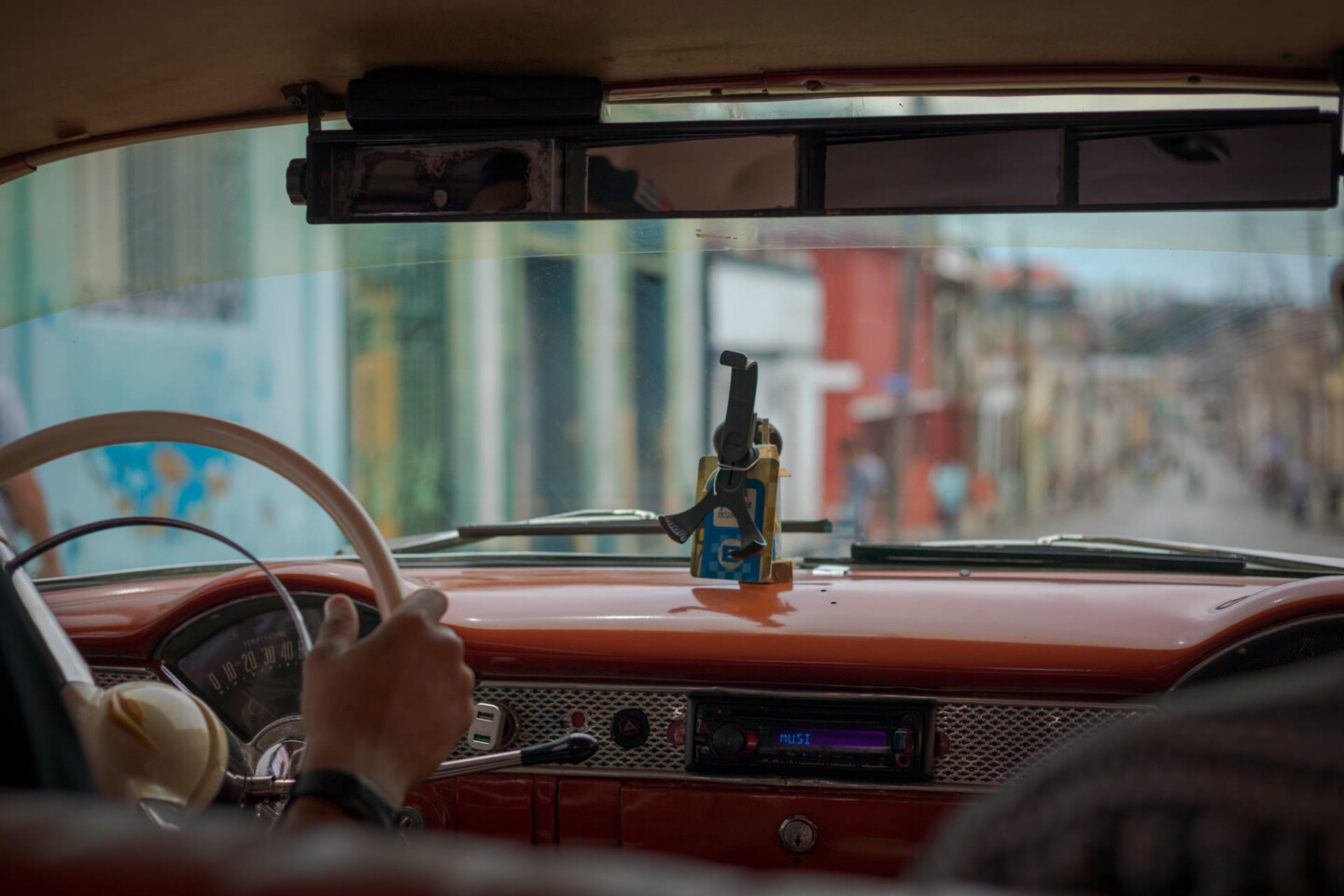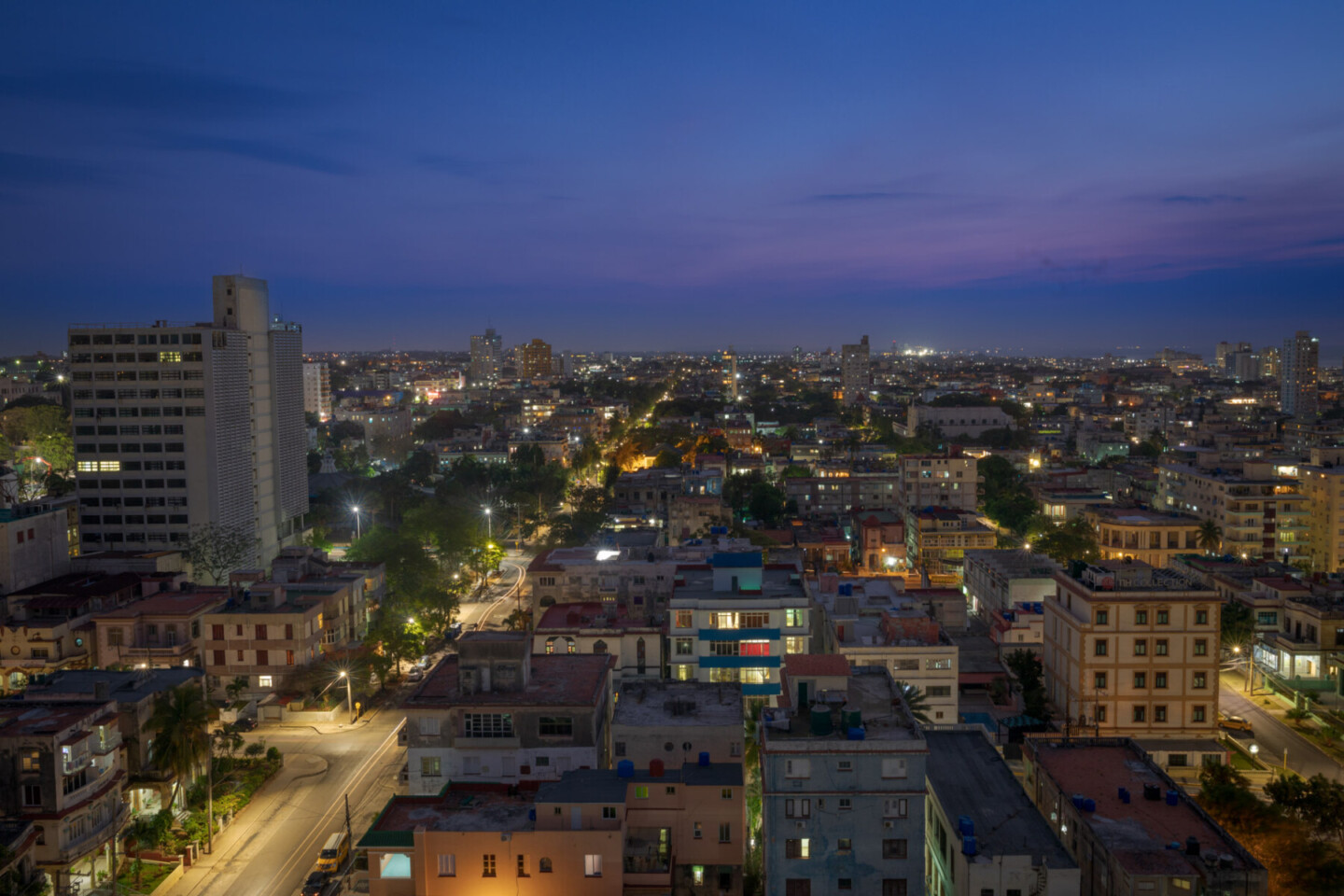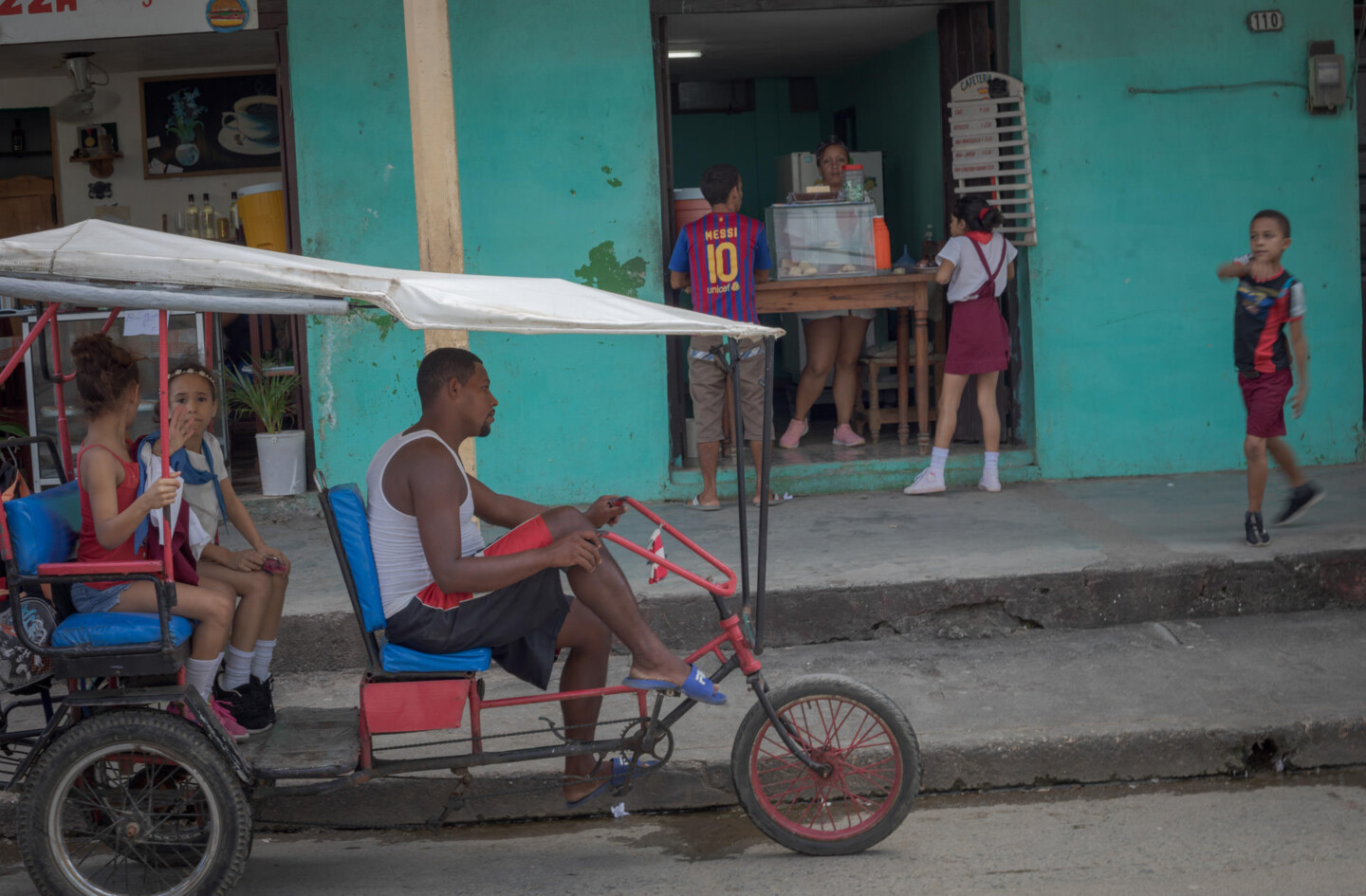How to Get Around in Cuba
Navigating transportation in Cuba: From buses to adventurous options

Getting around : From a traveller’s point of view
Navigating Cuba can be challenging and transportation is one of the country’s black spots, due to the embargo. Lack of fuel, outdated cars and buses and mechanical problems make it very difficult for Cubans to travel.
The country’s road network is dilapidated, with many roads in disrepair and lacking adequate lighting, making nighttime driving ill-advised.
To cope, they innovate and work hard to find solutions: hitch-hiking, bicycles, horse-drawn carriages, old trucks. Everything is good to move forward ! As a tourist, you won’t be bothered as long as you can afford to pay, of course
Vintage Cars
Ever wondered why Cuban streets feel like a rolling car museum? U.S. sanctions in the 60s hit Cuba hard, stalling the import of newer vehicles. This led to the ingenious upkeep of older models, which today adds a charming, if not intriguing, layer to the Cuban travel experience.
Navigating in Style
The allure of a classic car ride is irresistible. These beauties are not just for show; they’re an integral part of the Cuban experience.
Tips for Hiring a Classic Car: Rates, Routes, and Realities
While it’s tempting to jump into the first shiny vintage car you see, a little haggling and clarity on your destination can go a long way. Expect to pay more for these charismatic rides compared to other transport options, but hey, it’s worth every peso for the Instagram-worthy shots alone! Always agree on a fare before starting your journey. It’s the smart way to travel! Count 30€ per hour.

Official Taxis
Companies like Cubataxi cover long distance intercity routes. They can be found near bus terminals and major hotels. Attractive prices from 3 or 4 people. Vehicles equipped with meters, always preferable to avoid possible scams, however rare. But, meter or not, even with an official taxi, it is always possible to agree on prices. Therefore, it is essential to negotiate with the driver before getting into the vehicle. official taxis have blue license plates
Private Taxis
The advantage of private taxis is that they are often much cheaper than official taxis and you can negotiate the fare in advance. This is an opportunity to ride in old cars which can be superb, like some American models, but also more dilapidated like many Russian vehicles less glamorous (and sometimes less reassuring too).

Shared Taxis
Colectivos are shared taxis, often classic cars themselves, offering a middle ground between cost and comfort. They run fixed routes and are a great way to meet locals and fellow travelers. Remember, a little Spanish goes a long way in these shared rides. You can get rides from Havana to Viñales, Trinidad Santiago or any other major cities.
Buses
Buses in Cuba range from the relatively comfortable Viazul buses to the more rustic and adventurous guaguas. While Viazul caters more to tourists, guaguas offer an authentic local experience. But be warned, these rides aren’t for the faint-hearted!
Viazul : The Bus Company for Tourists
The Víazul Company (www.viazul.com) serves all the largest cities on the island. Schedules and prices indicated in the guide, but they can change. Also, confirm the schedules when you buy your tickets. The buses are comfortable, air conditionned, and sometimes late but overall, the system works Good.
On most journeys, it is advisable to book your ticket for one or two days at in advance before leaving.
Prices : to get an idea, count 50 USD or € for Havana Santiago
Remember to cover yourself; a little fleece is welcome because he can really make cold, especially if you take a night bus.
Astro : The Bus Company for Nationals
The other national company, Astro, which you will surely see, is reserved for Cubans and offers much cheaper prices than those in Viazul. The comfort is slightly below the Viazul buses and you will not normally have access to it . But against a tip at the ticket office, it is always possible to make an arrangement! It depends on who you actually meet… An Astro bus trip can save you a lot of money, even with a tip.
Picicore : Public Trucks
If you run out of vehicles, the state often uses trucks as public transport. Dozens of passengers pile up in huge dumpsters for a few Cuban pesos. See on the central autopista (highway) the guys in yellow (punto amarillos) in charge of stopping state vehicles and ensuring that operations run smoothly. You can try the experience but be aware that it is not comfortable at all … But at least you will travel Cuban style.
Domestic Flights
Pros, Cons, and Companies
Flying between cities can be a time-saver, but it’s not without its quirks. Expect some delays and bring your patience. It’s part of the Cuban way!
Domestic flights remain quite expensive, much more expensive than the bus Viazul in particular. On the other hand it can be convenient on very long distances where the bus journey is actually exhausting, like between Havana and Santiago de Cuba where it takes 16 hours by bus to get to go from city to city against only An hour and a half by plane.
There are a total of 15 airports (10 international and 5 domestic). The primary airline in Cuba, Cubana de Aviación, operates flights from Havana to Santiago, Camagüey, Bayamo, and Holguín.
Be warned that flights are regularly canceled! So plan your travels in advance!
Deciphering Street Numbering Systems
To find specific location you should Get your bearings first. In Cuba, if we give you as address: calle 4, no. 306, apto 46e/15 y 17, Vedado. it means that the number of the building is 306, that it is located in the portion of 4th street, between 15th and 17th streets. The apartment has the number 46, all located in the Vedado district.
- Apto means that it is an upstairs apartment, Esq (esquina = corner) that the house is located at the corner of two streets. Thus, the 2nd floor corresponds to the first floor in France, the ground floor being considered in Cuba as the 1st floor.
- The cuadras : are blocks of houses. When you ask for directions, you are told that the street you are looking for is x cuadras away.
Cuban streets possess dual nomenclatures, adding a layer of complexity. Following the revolution, Fidel Castro renamed all streets to erase colonial references, as each era pays tribute to its legacy. However, locals often adhere to the original names, which frequently differ from the official signage.
In the countryside, where directions are often lacking, you will always meet someone to show you the way.

Alternative Transportation
Horse-Drawn Carriages
In smaller towns, horse-drawn carriages offer a quaint and eco-friendly way to explore. It’s slow travel at its best, allowing you to soak in the sights and sounds at a leisurely pace.
‘Cocotaxi’
For a quirky and fun mode of transport, try a cocotaxi. These bright yellow, coconut-shaped vehicles are a hit for short jaunts around the city. Count 5 or 6 € to connect the end of La Habana Vieja to the Vedado in Havana.
Trains
You might as well be warned, don’t have any illusions and Cubans will tell you themselves: the train is the worst means of transport in Cuba. Electricity failures, train breakdowns, crowded wagons and cockroaches as surprise guests…
Bicycle taxi
With the terrible economic crisis of the 1990s and the shortage of fuel, Cubans have brought back bicycles. Authorized by the state, these two-seater bicycle taxis – cousins of the Indian rickshaw – roam the streets of Havana and the country.
- Prices : Count between 1 € and 4 € depending on the distance covered.

Biking
Cuba’s relatively flat terrain and scenic landscapes make biking an excellent option. It’s eco-friendly, gives you the freedom to explore at your own pace, and hey, it’s great exercise too! If you’re not inclined to horseback riding, consider renting a bicycle to discover the Viñales Valley.
Scooter: A Fun, Fast Way to Explore
For the speed enthusiasts, renting a scooter can be a thrilling way to zip around. It’s perfect for shorter distances and can be a real time-saver.
Transportation Tips
- Understanding Currency and Conversion: Navigating the dual currency system in Cuba can be tricky. Keep some € or USD for touristy expenses and CUPs (Cuban Pesos) for local transportation.
- Saving Money on Cuban Transport: Sharing rides, opting for buses over flights, and walking when possible are great ways to save. And remember, bargaining is part of the culture!
- Essential Apps for Navigating Cuban Transport: While internet access in Cuba can be spotty, having offline maps such as maps.me and translation apps can be a lifesaver.
Conclusion
As you wind your way through the streets and landscapes of Cuba, remember that getting around is more than just A to B. It’s about the stories, the people, and the myriad experiences that make up this vibrant country. So, savor each moment, whether you’re cruising in a vintage car, bumping along in a guagua, or strolling through Old Havana. Every mode of transport adds a unique hue to your travel canvas.
From the bustling streets of Havana to the serene valleys of Viñales, embrace each journey as an integral part of your Cuban adventure. Vamos!